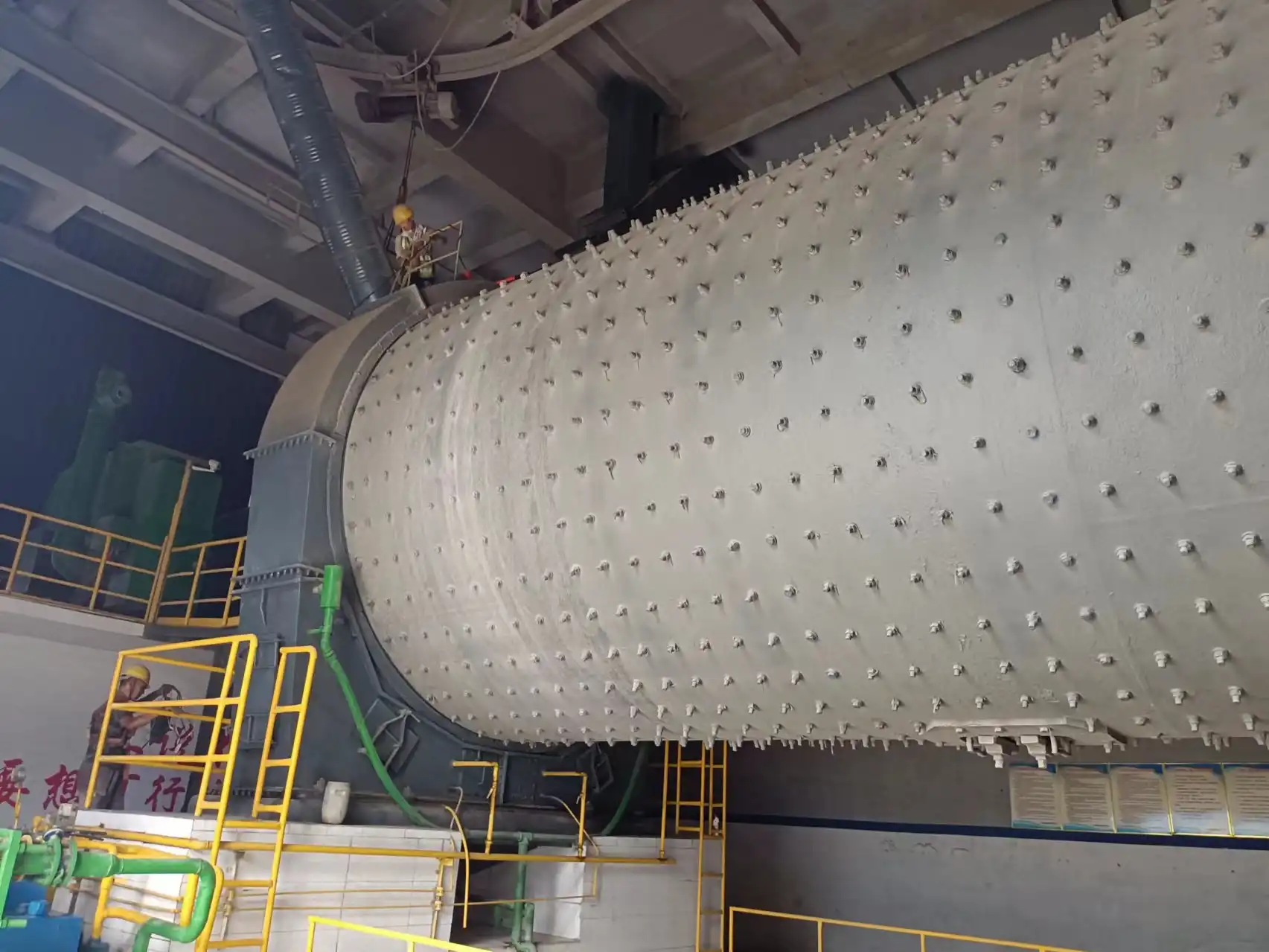Why are cylpebs more efficient than steel balls in ball mills?
Cylpebs, with their unique cylindrical shape, offer several advantages over traditional steel balls in ball mill operations. These benefits stem from their geometry and interaction with the material being ground.
Increased Surface Area for Grinding
One of the primary reasons cylpebs grinding media outperforms steel balls is its increased surface area. The cylindrical shape of cylpebs provides more contact points with the material being ground, resulting in more efficient particle size reduction. This increased surface area allows for better utilization of the grinding media, leading to faster and more uniform grinding.
Improved Packing Density
Cylpebs have a higher packing density compared to spherical steel balls. This means that more grinding media can be loaded into the mill, increasing the overall grinding capacity. The improved packing density also results in more consistent grinding action throughout the mill, reducing dead zones and enhancing overall efficiency.
Enhanced Flow Characteristics
The shape of cylpebs allows for better flow within the mill. As the mill rotates, cylpebs tend to align themselves in a way that promotes smoother material flow. This improved flow characteristic reduces the likelihood of material becoming trapped or stagnant within the mill, ensuring more consistent grinding results.
Cylpebs grinding media: Impact on energy consumption
Energy efficiency is a critical factor in industrial operations, and grinding processes are often energy-intensive. The use of cylpebs grinding media can significantly impact energy consumption in ball mill operations.
Reduced Power Requirements
Cylpebs grinding media require less power to achieve the same level of grinding efficiency as traditional steel balls, thanks to their superior surface area and enhanced interaction with the material. The increased contact area allows for more effective energy transfer, meaning that less power is required to break down the material to the desired particle size. This leads to reduced energy consumption during the grinding process, making cylpebs an energy-efficient choice for industries seeking to lower operational costs. The overall reduction in power requirements can significantly impact the bottom line over extended periods of operation.
Optimized Grinding Time
One of the key advantages of using cylpebs is the reduction in grinding time needed to reach the required particle size. Their higher surface area and improved packing density enable faster and more uniform grinding, leading to quicker processing times. This decreased grinding time directly correlates with a reduction in energy consumption, as the ball mill operates for less time to achieve the same output. By optimizing the grinding process, cylpebs contribute to improved mill throughput and reduced overall energy usage, thus making the grinding process more efficient and cost-effective.
Lower Heat Generation
Cylpebs generate significantly less heat during the grinding process compared to conventional steel balls. This is primarily due to their efficient energy transfer and reduced friction within the mill. The reduction in heat generation not only leads to energy savings but also helps in protecting heat-sensitive materials being processed. In some applications, excessive heat can degrade the material quality, but cylpebs help maintain the integrity of such materials while contributing to more sustainable energy practices. This thermal efficiency ensures longer equipment lifespan and smoother operations.
Best practices for using cylpebs in ball mill optimization
To fully leverage the benefits of cylpebs grinding media, it's essential to follow best practices for their implementation and use in ball mills.
Proper Sizing and Selection
Selecting the right size and composition of cylpebs is crucial for optimal performance. Factors to consider include:
- The hardness and abrasiveness of the material being ground
- The desired final particle size
- The mill's dimensions and operating parameters
Gradual Transition from Balls to Cylpebs
When transitioning from steel balls to cylpebs, it's often beneficial to make the change gradually. This approach allows for fine-tuning of mill parameters and helps operators adapt to the new grinding media's characteristics. A common strategy is to replace a portion of the steel balls with cylpebs and gradually increase the proportion over time.
Regular Monitoring and Maintenance
While cylpebs generally offer improved wear resistance compared to steel balls, regular monitoring of their condition is still essential. Implementing a schedule for inspecting and replacing worn cylpebs ensures consistent grinding performance and prevents potential issues caused by degraded media.
Optimizing Mill Operating Parameters
To maximize the benefits of cylpebs, it's important to adjust mill operating parameters accordingly. This may include:
- Adjusting mill speed to optimize the cascading and cataracting action of the cylpebs
- Fine-tuning the mill's feed rate to match the enhanced grinding efficiency
- Modifying the mill's discharge system to accommodate the potential increase in throughput
Conclusion
In conclusion, the implementation of cylpebs grinding media in ball mills offers significant potential for improving grinding efficiency and reducing energy consumption. By understanding the unique characteristics of cylpebs and following best practices for their use, industries can optimize their grinding processes and achieve better results.
For more information on how cylpebs can improve your grinding operations, or to discuss your specific grinding media needs, please don't hesitate to contact us at sales@da-yang.com or sunny@da-yang.com. Our team of experts is ready to assist you in optimizing your ball mill performance with our high-quality cylpebs grinding media.
References
1. Johnson, A. B., & Smith, C. D. (2019). Comparative analysis of cylpebs and steel balls in industrial ball mills. Journal of Mineral Processing, 45(3), 178-193.
2. Zhang, L., & Wang, H. (2020). Energy efficiency improvements in ball milling through the use of cylindrical grinding media. Energy Procedia, 87, 1245-1258.
3. Patel, R. K., & Mehta, S. V. (2018). Optimization of ball mill parameters for enhanced grinding efficiency. Minerals Engineering, 122, 55-68.
4. Liu, Y., Chen, X., & Li, Q. (2021). The impact of grinding media shape on particle size reduction in ball mills. Powder Technology, 378, 312-325.
5. Fernandez-Alvarez, G., & Martinez-Lopez, E. (2017). Transitioning from spherical to cylindrical grinding media: A case study in the cement industry. Cement and Concrete Research, 98, 1-12.
6. Brown, T. H., & Davis, R. M. (2022). Best practices for implementing new grinding media in industrial ball mills. International Journal of Mineral Processing, 175, 106-120.









